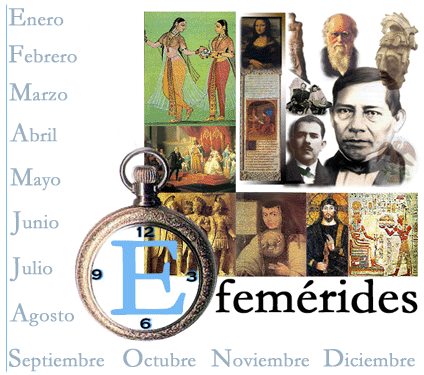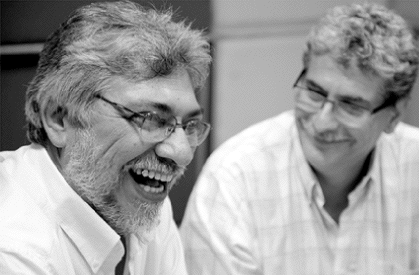 During the long Middle Ages in Europe the abbeys fulfilled a double function: a religious building for the monastic life of the different Christian orders and a cultural center. As a place of worship, the abbey can be a monastery or a convent.
During the long Middle Ages in Europe the abbeys fulfilled a double function: a religious building for the monastic life of the different Christian orders and a cultural center. As a place of worship, the abbey can be a monastery or a convent.
A center of prayer and work
Each abbey is governed by a religious order. In the case of the Benedictine monks, daily life in the abbeys was very simple, as they dedicated themselves to prayer and work. As the motto of San Benito expresses, they dedicated themselves to ora et labora, prays and works. The prayer had several modalities: Matins first thing in the morning, Lauds at noon, and Vespers in the afternoon. All of these daily prayers are known as the "hours of divine office."
As for work, it depended on each abbey, but the cultivation of fields and gardens, small-scale livestock farming, bread-making, shoe-making or tailoring was common. In some cases, the abbeys had a guesthouse to receive pilgrims heading to the holy cities of Christendom.
The abbot or abbess is the maximum responsible and the spiritual leader of the religious community that lives in the abbey
As for its functions, there are basically two: managing the administration and enforcing the norms that govern monastic life (the norms of a religious community are known as rules, the best known being the rule of San Benito). Below the abbot or abbess were the prior, the subprior and the rest of the members of the community.
Among the daily activities that were carried out we can highlight the following: caring for the church, making candles, caring for religious clothing or maintaining the cemetery.
With regard to the election of the abbot or abbess, it is the members of the community who choose it by means of a general agreement. In most communities the election of the abbot was made by secret ballot.

The library and the scriptorium are the dependencies of the abbey dedicated to intellectual activity
Most abbeys had and still do have a library. In it there was a scriptorium, the place destined to the copy of the manuscripts, which were elaborated by the scribes.
Illustrators also work on the manuscripts, who were dedicated to decorating the manuscripts with ornaments.
Photos: Fotolia - alesmunt - artinspiring









